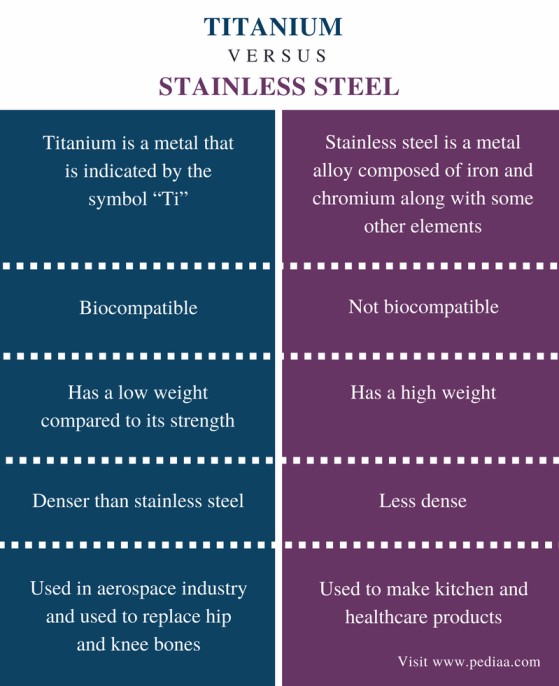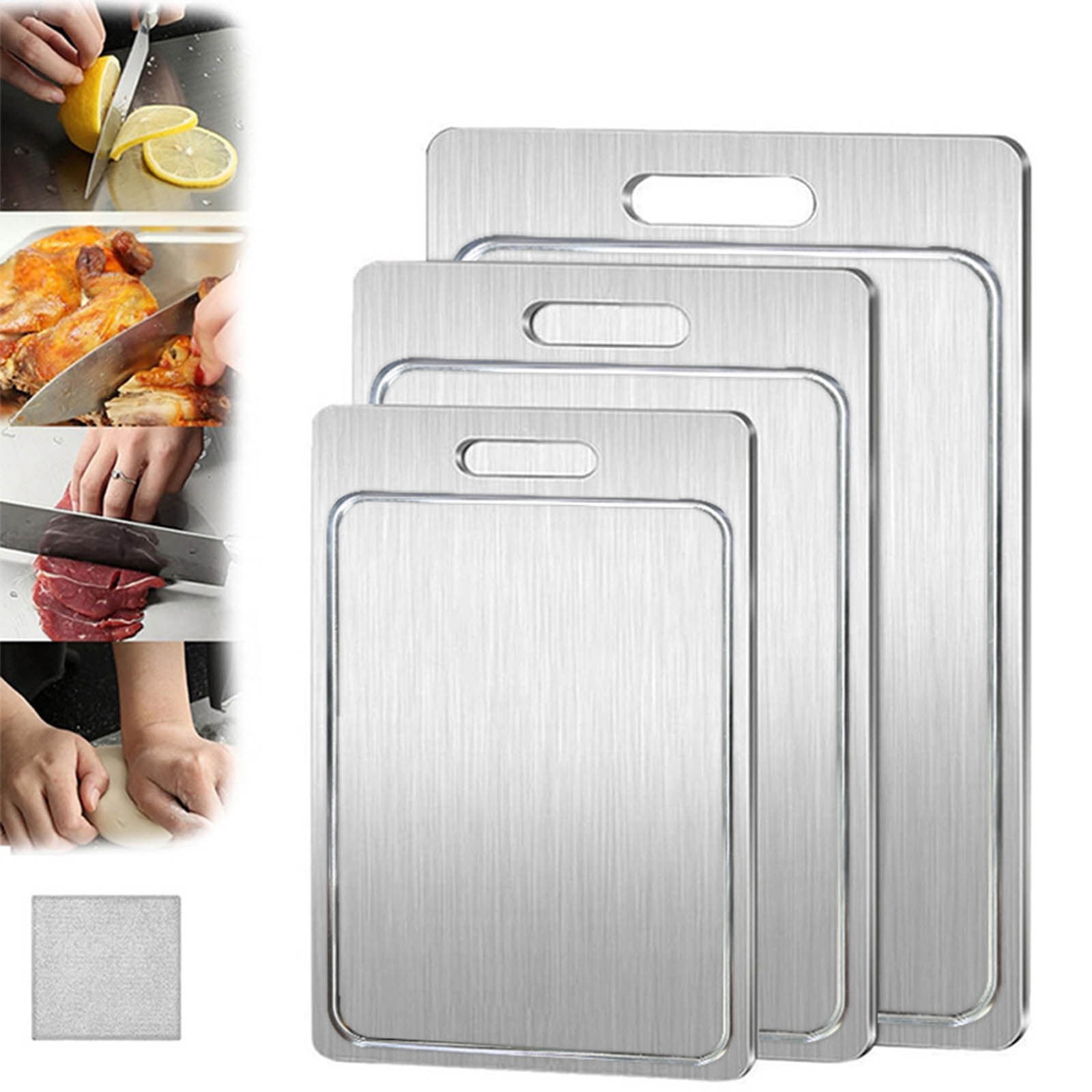Titanium Vs Stainless Steel Cutting Board

Urgent reports indicate a heated debate surging within culinary communities: are titanium cutting boards poised to dethrone stainless steel as the industry standard? Early adopters are already making the switch.
This article cuts through the noise, delivering a fact-based comparison, revealing the strengths and weaknesses of each material, empowering chefs and home cooks to make informed decisions about their kitchen arsenal.
The Face-Off: Titanium vs. Stainless Steel
The core question: which material offers the superior cutting surface? Experts weigh in on hygiene, durability, knife friendliness, and cost-effectiveness.
Hygiene: A Critical Comparison
Stainless steel has long been praised for its non-porous surface, inhibiting bacterial growth. Its easy cleaning process, often dishwasher safe, contributes to its hygienic appeal.
Titanium, however, presents a potential game-changer. Studies suggest titanium oxide possesses inherent antibacterial properties, potentially surpassing stainless steel in preventing contamination.
"Titanium's self-cleaning characteristics, stemming from photocatalytic reactions, offer an added layer of protection against foodborne illnesses," notes Dr. Anya Sharma, a materials scientist at the National Institute of Culinary Technology.
Durability: The Long-Term Investment
Stainless steel, known for its robustness, resists scratching and warping under normal kitchen conditions. Its resistance to corrosion makes it a reliable choice for heavy use.
Titanium boasts an even greater strength-to-weight ratio. It can withstand significantly more force without deformation, promising exceptional longevity even in professional kitchens.
However, some worry about titanium boards being susceptible to certain types of scratches, even with its inherent strength.
Knife Friendliness: Preserving Your Blades
The hardness of a cutting board directly impacts knife sharpness. Stainless steel, while durable, can dull knives more quickly than softer materials like wood.
Titanium's properties are similar to steel. Tests indicate it can cause knives to dull faster compared to wood or plastic cutting boards. The debate here centers on the degree of dulling and the frequency of sharpening required.
"While both materials require regular knife maintenance, the impact on high-end cutlery remains a key consideration for professional chefs," explains Chef Jean-Pierre Dubois, owner of Le Gastronomie, a three-Michelin-star restaurant.
Cost-Effectiveness: The Bottom Line
Stainless steel cutting boards are widely available and relatively affordable, making them accessible to both home cooks and professional establishments. Expect to pay around $30-$100 for a good quality board.
Titanium, a more expensive metal, translates to a higher initial investment. Prices can range from $150 to upwards of $500 depending on size and finish, representing a premium option.
The long-term cost-effectiveness hinges on durability and lifespan. If titanium boards significantly outlast stainless steel, the initial investment could be justified.
The "Where" and "When": Availability and Timeline
Stainless steel boards can be found in virtually every kitchen supply store and online retailer. Availability is not an issue.
Titanium cutting boards are less common but are becoming increasingly accessible through specialty retailers and online marketplaces. Expect longer lead times for some models.
Several manufacturers have announced plans to expand their titanium cutting board lines in the coming months. This signals increasing market confidence and potential price reductions.
The Verdict (For Now)
Stainless steel remains a solid, reliable, and cost-effective choice for the average cook. Its hygiene and durability are well-established.
Titanium offers intriguing potential, particularly for demanding environments where hygiene and longevity are paramount. However, the higher cost and knife-dulling factor are drawbacks that warrant careful consideration.
The decision ultimately depends on individual needs and budget. Those prioritizing absolute hygiene and willing to invest more may find titanium appealing.
Next Steps
Independent consumer testing is crucial to validate manufacturer claims regarding titanium's antibacterial properties and knife friendliness. These tests will inform future recommendations.
Ongoing research into surface treatments for titanium may mitigate the knife-dulling issue. Nanotechnology coatings could potentially enhance both durability and blade preservation.
Monitor price fluctuations as titanium cutting boards gain wider acceptance. Competition among manufacturers will likely drive prices down, making them more accessible to a broader audience.


















